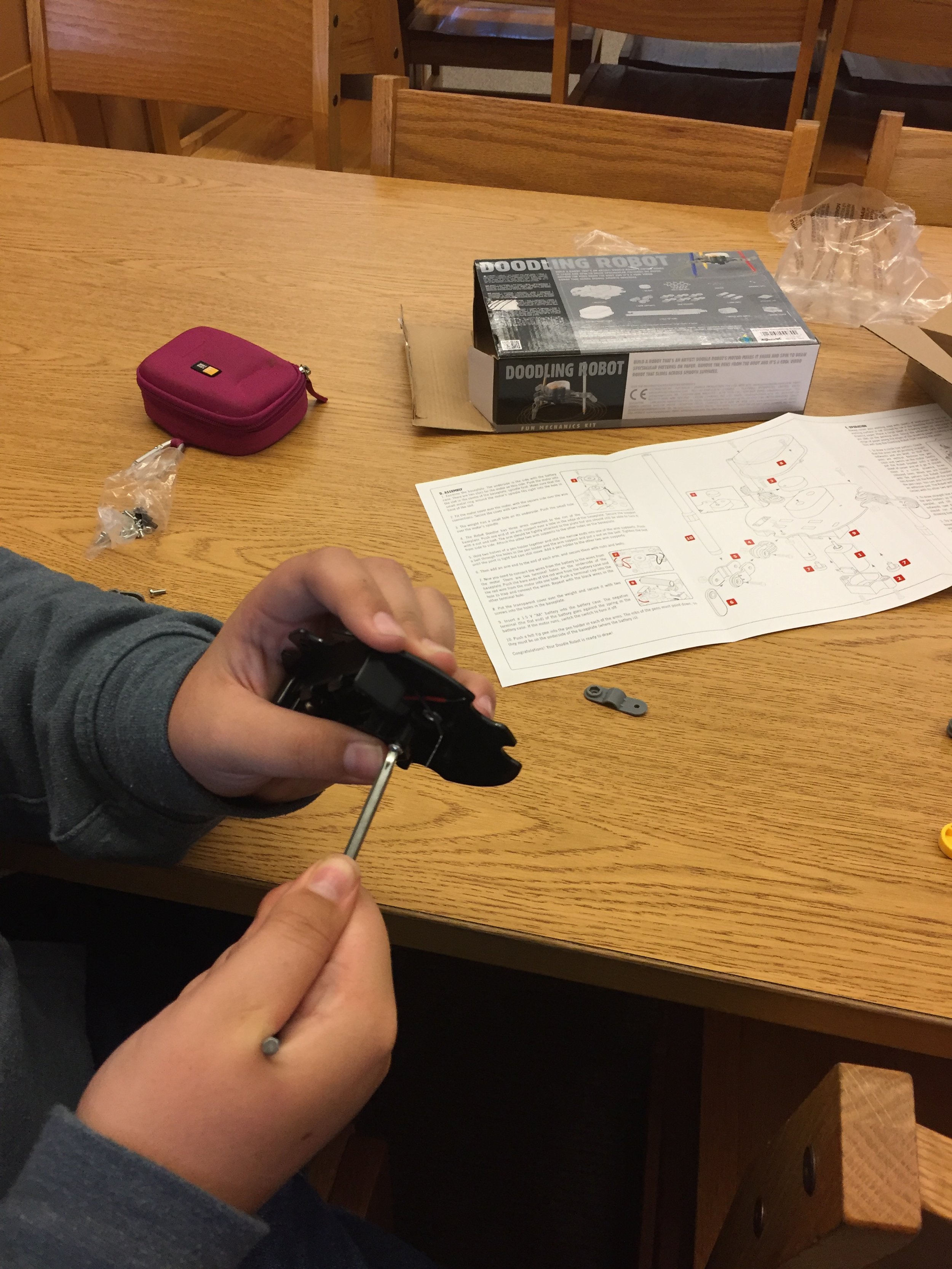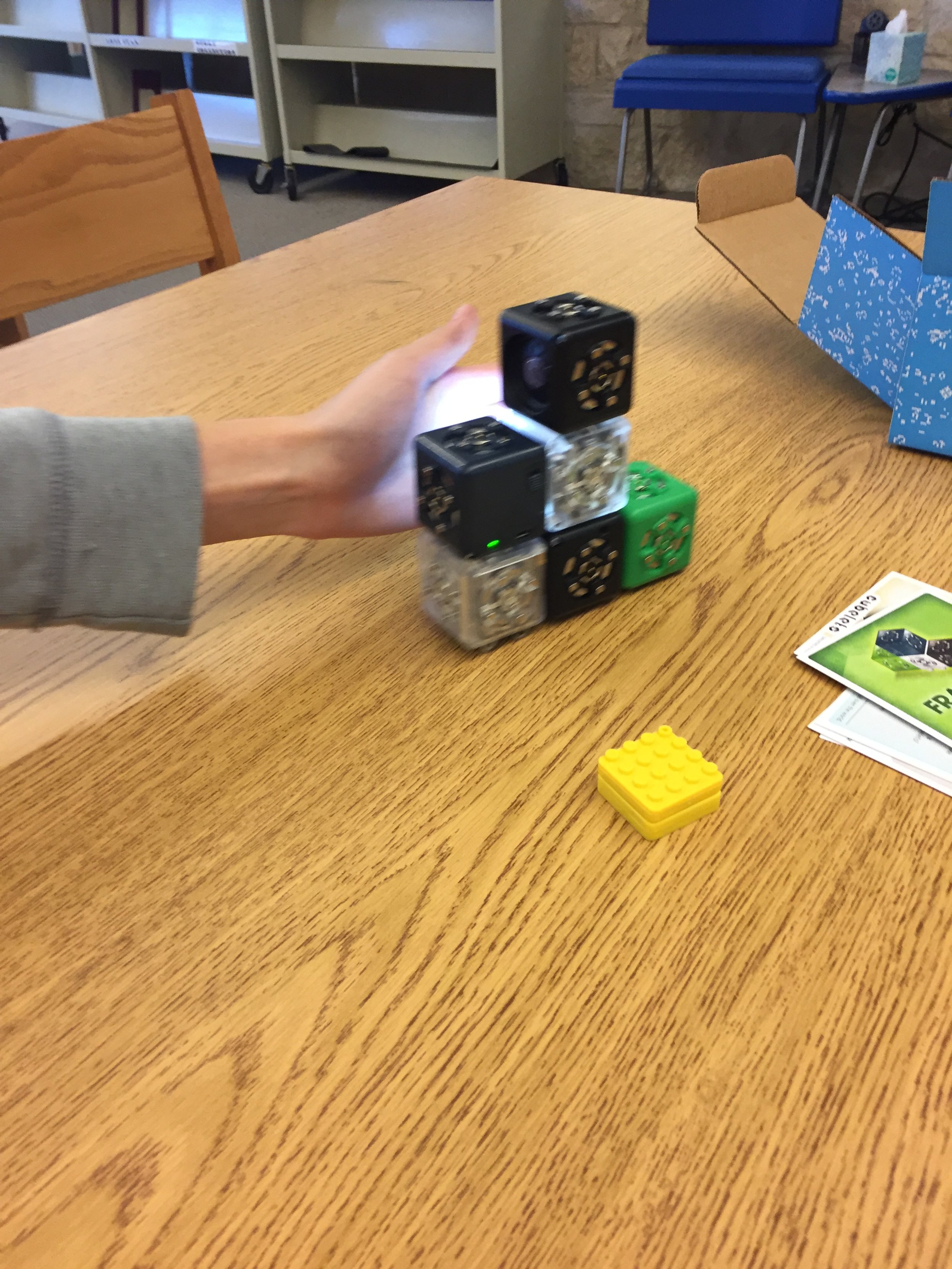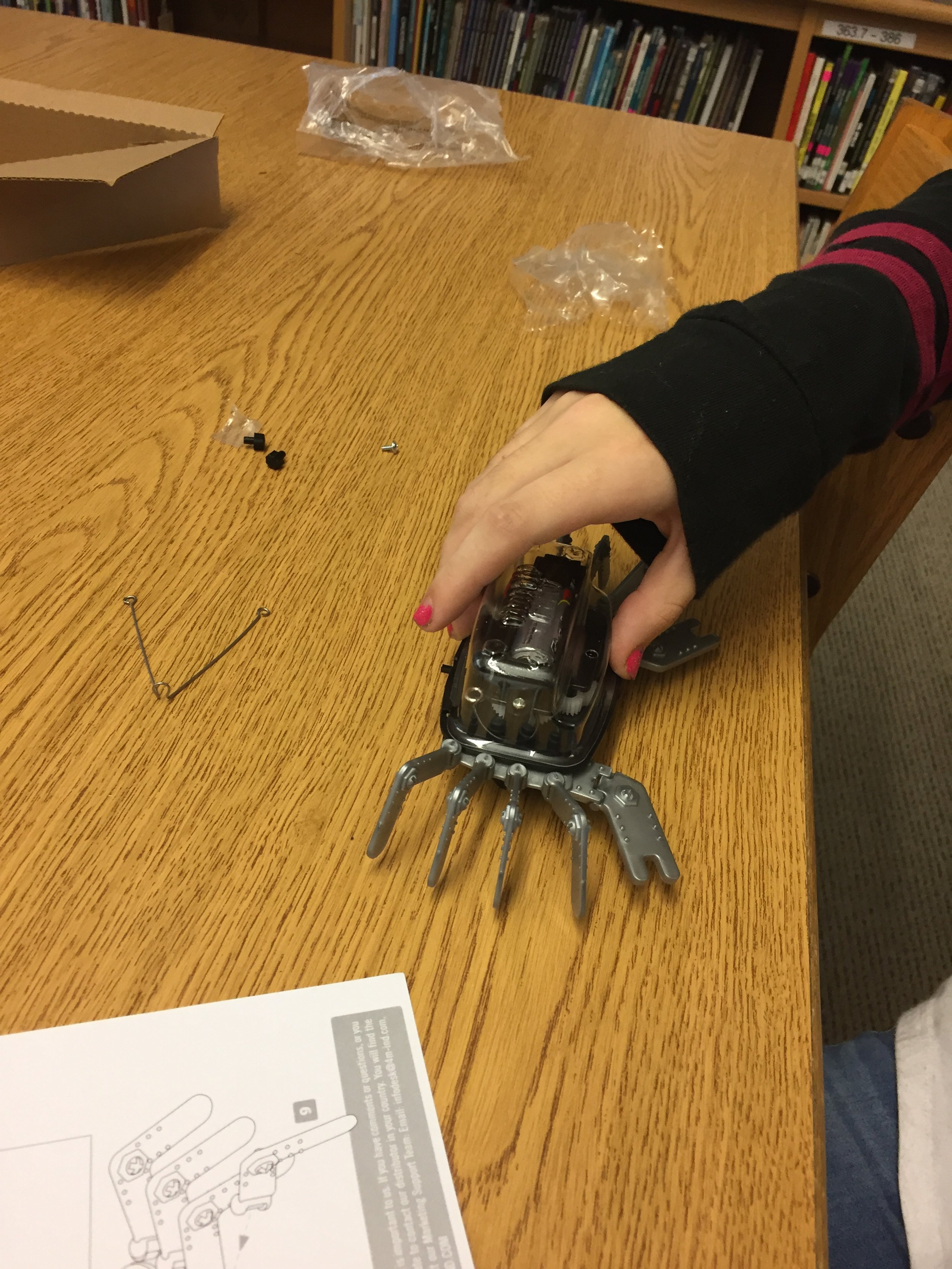Makerspace 2.0
Makerspace has been around for a while now and if you haven’t dipped your toe into the STEAM (Science, Technology, Engineering, Art and Math) world yet, here’s my two cents on why you should.
I started doing a Makerspace Club in 2016 after hearing about it at the Tech Day at TLA. I was intrigued by the idea immediately, but knew it would require time, effort and funds to get it off the ground. At the time I was an elementary librarian and also the campus’s Gifted and Talented teacher so I was coming at it from that perspective. What items would I need to purchase to make this successful? How would I be able to get all my students involved on campus and not just my GT students? I used library and GT funds and wrote a grant for the purchase of low and high tech items that were easy for elementary-age students to figure out. I set up a time at the end of every Friday and each teacher could send two students to the library to PLAY. I would like to put a big emphasis on the PLAY part of Makerspace. I am not a science/math minded person so many of these #edtech items I had no clue how to use such as Ozobots, Sphero, Littlebits, etc. I gave it to my students and said, “Figure it out.” I don’t know how many times they stared at me stunned that I wouldn’t help them, but you should have seen their faces when they figured it out for themselves without an adult’s help. We learned together and those moments were some of the best educational moments of my career.
Word started to spread across the district about my Makerspace and soon the district instituted a special areas rotation called Idea Lab, which basically was the same idea for kids to learn and grow under STEM, STEAM and STREAM (add reading). It was great to see the students excited about learning, growing and becoming more proficient with Makerspace in general. Now our district moved away from Idea Lab and back to Art, but I know some of these practices are still happening at elementary schools.
Fast forward to me moving up to secondary. I was able to bring most of my Makerspace items with me and began doing Makerspace Club after school once a month at the middle school I worked at. Students loved low tech from Buddha Boards, Legos, K’Nex, duct tape creations, origami, etc. to high tech like Play Osmo, Snap Circuits, 3D pens, 3D printing and more. I had a good amount of interest, but COVID slammed any progress I made to halt. The Robotics Club that I had been doing with one of our technology specialists every week after school was also put on hold. The restrictions we had wouldn’t allow for a Makerspace or Robotics Club to continue that year.
Now that we are back in a more “normal” setting, I’d love to start these up again, but last year there was little to no interest. Therefore, I’m trying to rebrand my Makerspace into something new and different. I’d love it to be more of a problem-solving lab than anything else. This would allow us not to need such pricy equipment. I would like to take broken items and see if students can fix them or create something new out of them. I feel like I’m seeing a lot of students quit before they’ve barely started. The tenacity and challenge I used to see in kids has significantly decreased since COVID and I would love to see that start back up again. When kids hit a wall nowadays, they just want you to give them the answer or they quit without caring about finishing in the first place. These skills are necessary for adults, in my opinion. There are times when quitting is the best option, but not every time. Hopefully as I revamp my Makerspace for future years, we will see more students ready to problem-solve and take on the world!
If you want to see the Makerspace items list I have, feel free to click here.





